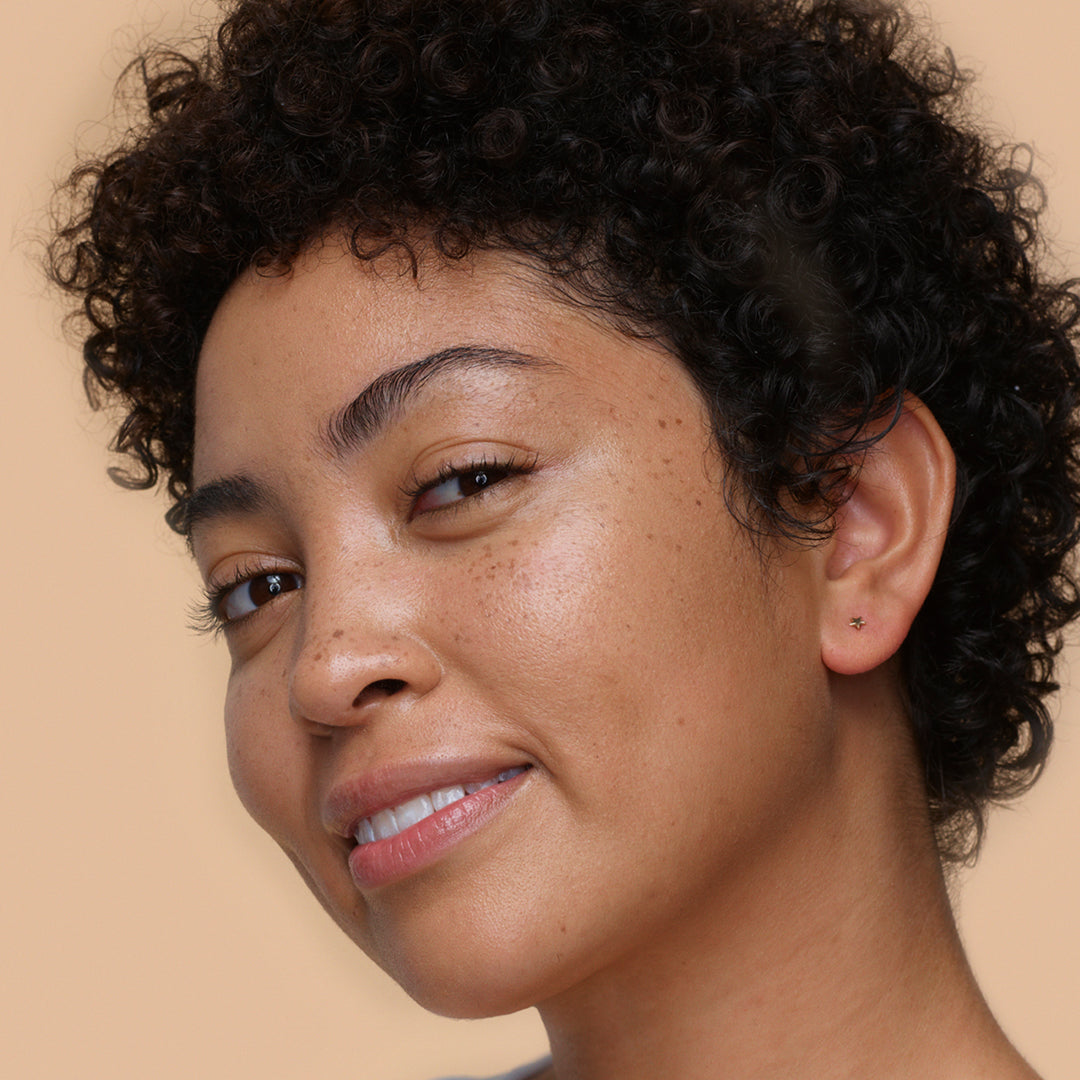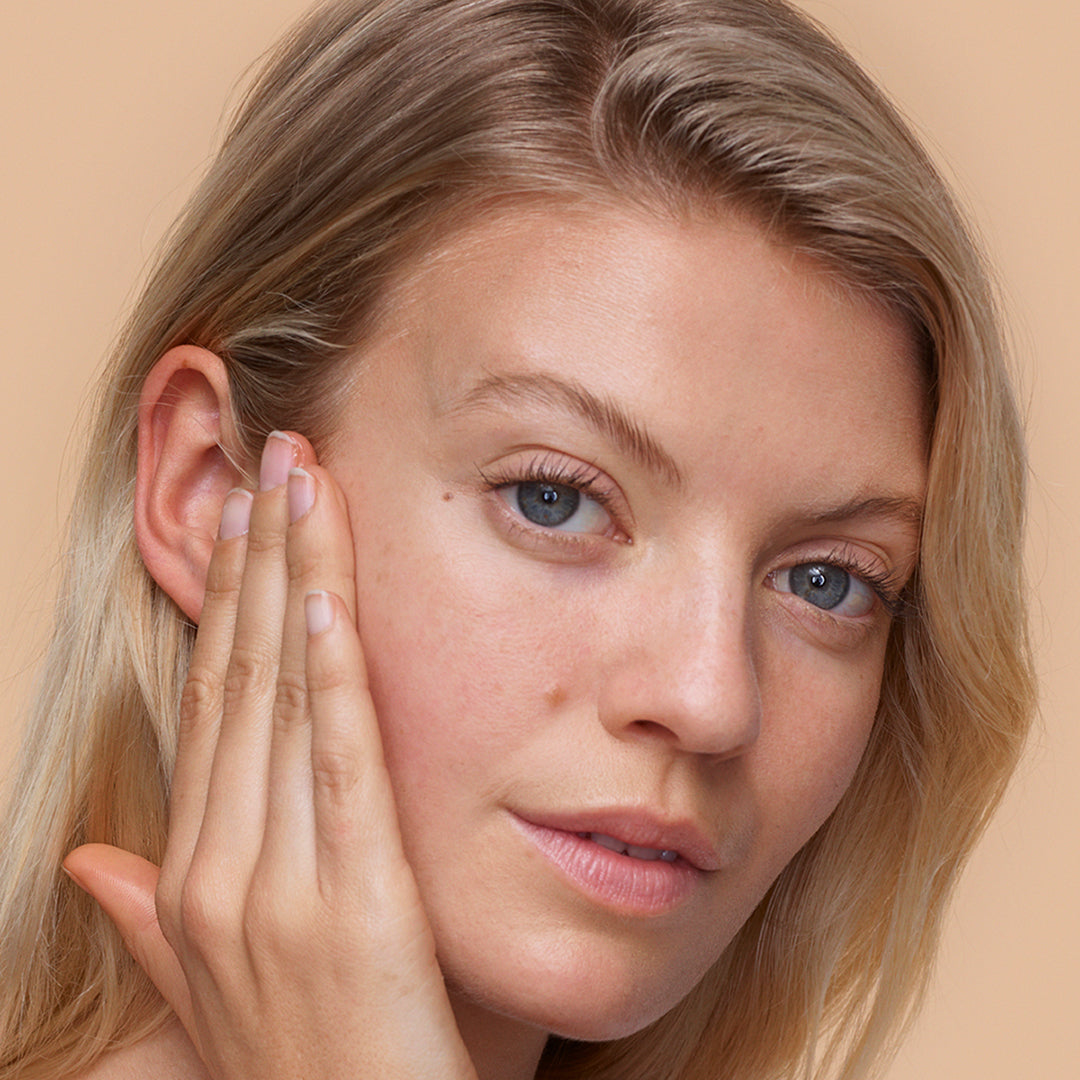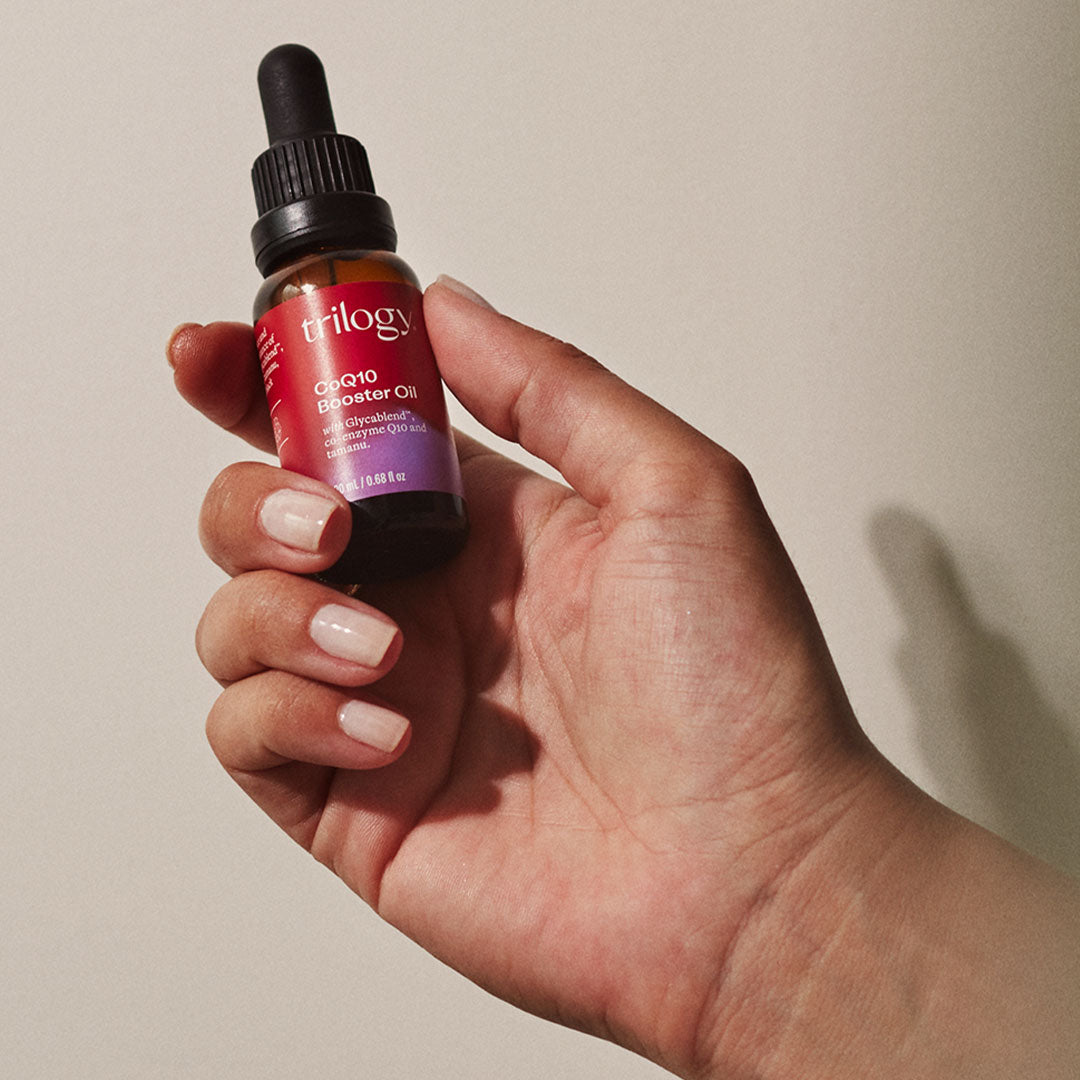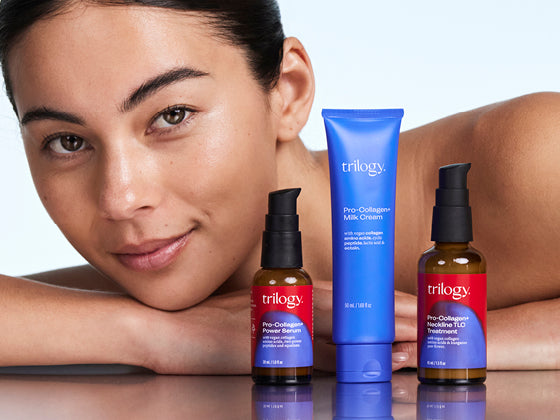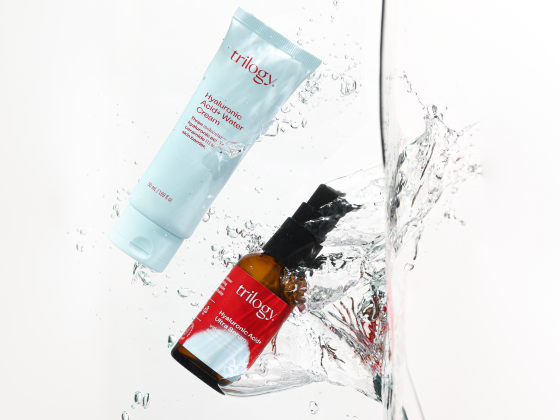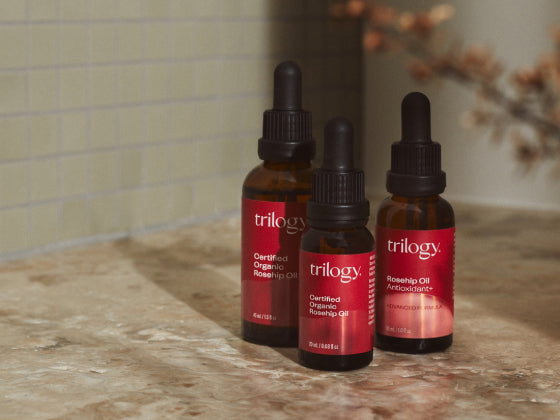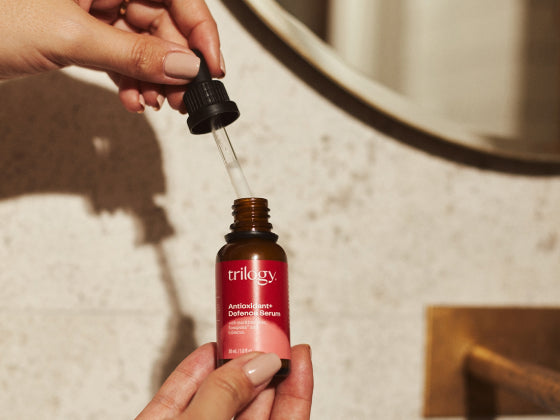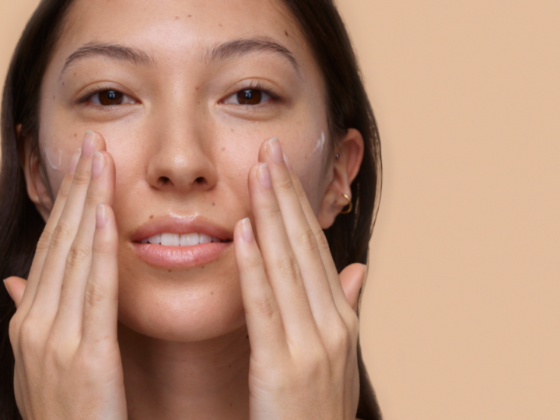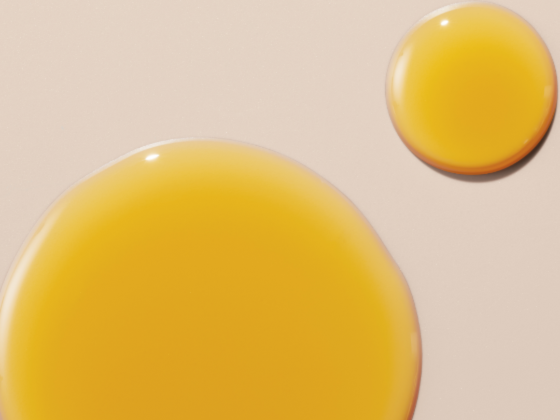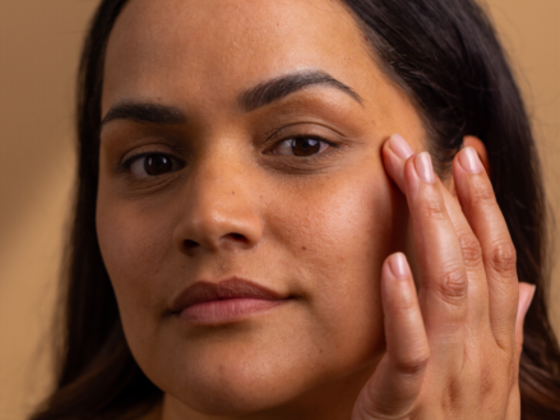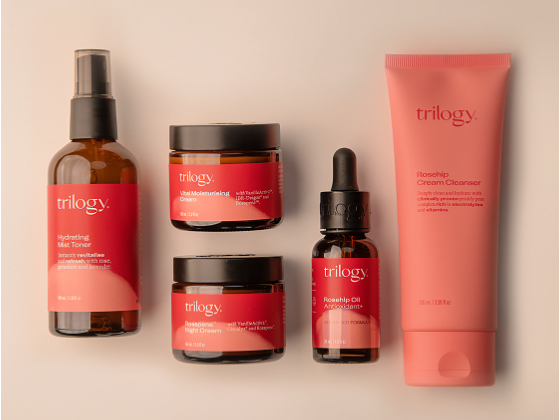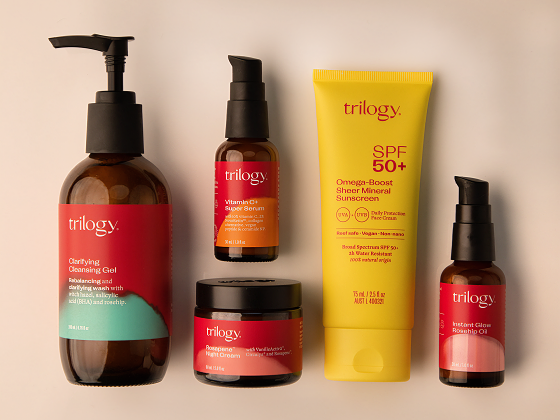What is hyperpigmentation?
Melasma: Caused by our hormones and common during pregnancy. Usually brown, slightly blurry, and are completely harmless.
Sunspots: Maybe the most common in New Zealand and Australia and, like the name suggests, sunspots come from repeated exposure to the sun. They’re also - misleadingly - called liver spots (they don’t have anything to do with the liver) and their shape tends to be slightly more defined than melasma.
Post-inflammatory hyperpigmentation: Caused by scarring, acne, or other ‘injuries’ to the skin. They can be red, pink, brown, or a light purple and look more like scarring than freckles.
Why do we get hyperpigmentation?
The sun: Repeated exposure to the sun results in increased melanin production. Melanin is our natural sunscreen and is also what gives our skin its colour but when we have repeated exposure to the sun – especially if we aren’t using a quality SPF – this can cause uneven patches of colour, taking us from pigmentation to hyperpigmentation. Our age also plays a role here as the older we are, the more we’ve been exposed to the sun!
Our hormones: When we have increased levels of oestrogen and progesterone, like during pregnancy, we are more likely to experience melasma. That’s because those hormones contribute to the production of our skin’s pigment. Medications like the oral contraceptive pill which influence our hormones can also trigger hyperpigmentation.
Skin conditions like acne scarring: This one is a little different to the above as it’s not influenced by our environment or the normal hormonal cycles we all go through. When we have scarring from things like acne or stretch marks, we can notice those scars are darker in colour than the rest of our skin.
So, what can we do about it? There are ways big and small to manage hyperpigmentation – from nutritional changes to cosmetic procedures but because we’re Trilogy and it’s our thing - we’re looking at natural, effective, and simple ways to get rid of dark spots.
Ingredients to believe in:
Because sun exposure and free radicals both cause uneven skin tone and hyperpigmentation, antioxidants are a superhero for brighter skin. Antioxidants help protect the body from UV rays and neutralise free radicals, so both repair and prevent. Vitamin C and bakuchiol are powerful antioxidants that we love, and both are known for brightening skin and improving its texture.
Because inflammation is one of the main causes of hyperpigmentation, adding anti-inflammatory ingredients to our routine allows for quicker healing. Calendula, chamomile, and oat extract are all used for managing inflammation. Each is rich in flavonoids that are found to have wound-healing effects.
Just like our gut microbiome, the microbiome of our face is a delicate environment that can impact our skin’s health and appearance. Because the best defence against bad bacteria is good bacteria, when we nourish our skin’s microbiome we are protecting our skin from environmental damage.

 Skip to content
Skip to content

